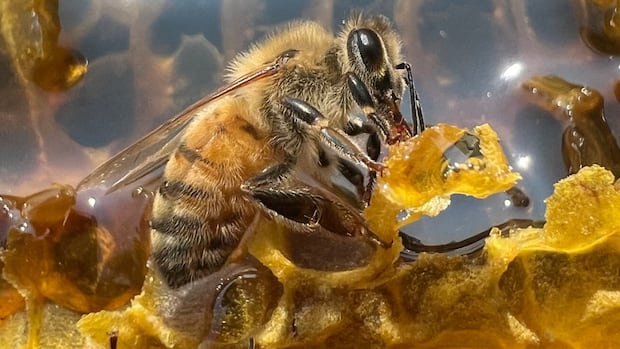Gigatonnes of carbon are stored in under-protected areas

New research has shed light on the critical role that peatlands play in regulating the environment, but also highlighted the fact that these squishy, waterlogged habitats are vastly under-protected worldwide. According to Kemen Austin, lead author of the study published in Conservation Letters and director of science at the Wildlife Conservation Society, only 17 per cent of peatlands are currently protected. This is a major mismatch considering the global importance of these ecosystems.
Peatlands are under threat from being drained or burned for agricultural purposes or development projects. Despite Canada being home to a quarter of the world’s peatlands, there is still a significant gap in understanding the location of these “ultra high-value ecosystems” across the country. Lorna Harris, an ecosystem scientist with Wildlife Conservation Society Canada and study co-author, highlighted the importance of Canada’s Hudson Bay Lowlands, an area the size of Germany that serves as a globally significant carbon store.
The research used available maps of peatlands and compared them to maps of protected areas worldwide. It also examined the overlap between peatlands and Indigenous peoples’ lands, recognizing that Indigenous stewardship often leads to less environmental damage. However, the lack of available data on Indigenous lands in Canada meant that this information was omitted from the study. Experts not involved in the research emphasized the need for more accurate mapping of peatlands in Canada.
The study found that a quarter of all peatlands are under pressure from human encroachment, with 15 per cent drained for agricultural purposes. Taufik, a scientist studying peatlands in Indonesia, highlighted the damaging effects of draining and burning peatlands for agriculture. This process not only releases carbon but also disrupts the natural water cycle and can have long-lasting environmental impacts.
In Canada, the surge of interest in mining projects like Ontario’s Ring of Fire poses a significant threat to peatlands. The extraction of critical minerals for electric vehicle batteries in this region could lead to massive emissions from disrupted peatlands. Given that peatlands take thousands of years to form and play a crucial role in water absorption and release, their protection is essential for maintaining environmental stability.
Overall, the new research underscores the urgent need to increase protection for peatlands globally and highlights the importance of sustainable land use practices to preserve these valuable ecosystems.




